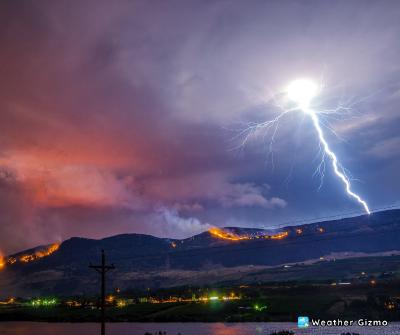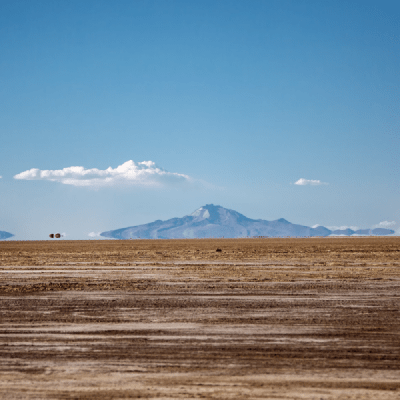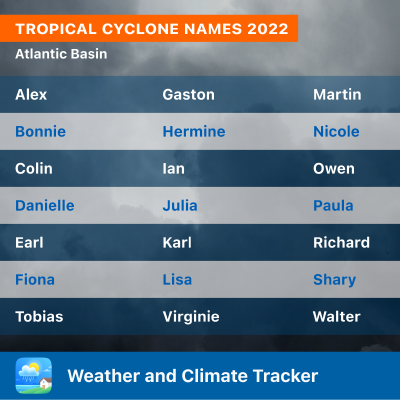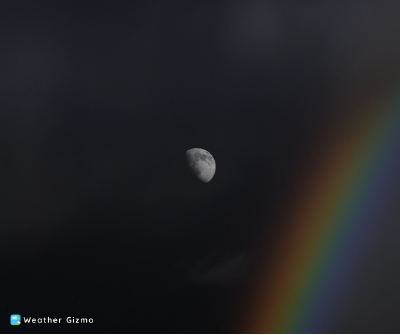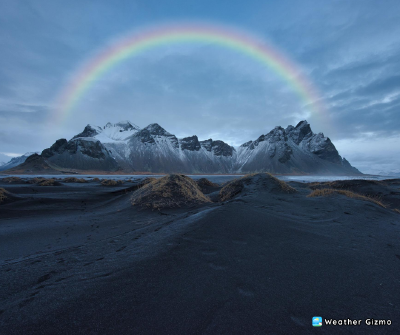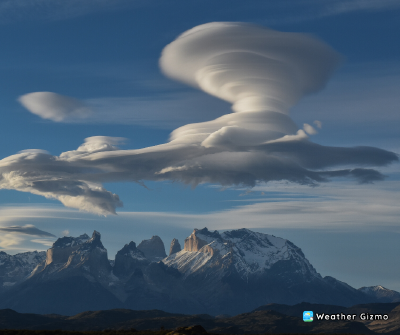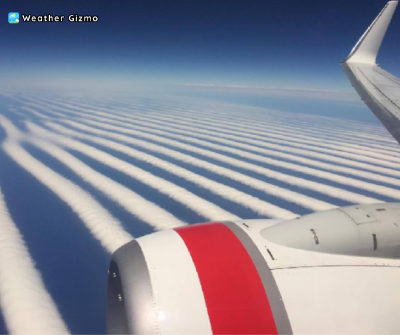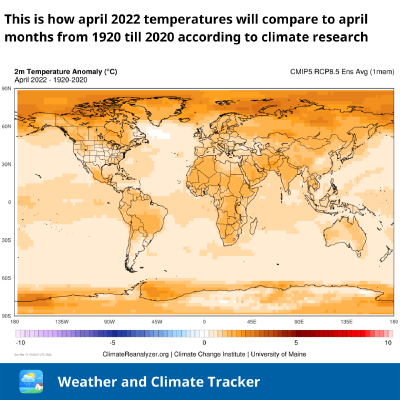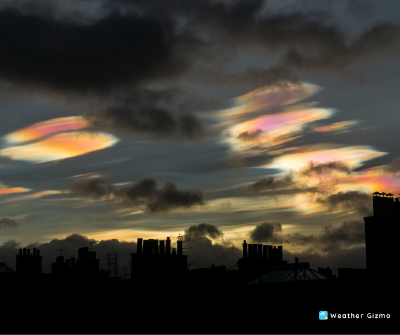
Sky
Meet Nacreous Clouds
Nacreous clouds are a real miracle of the northern latitudes. Nacreous clouds are one of the most beautiful, unusual, and rare natural phenomena. They appear at an altitude of 15 to 27 km at abnormally low temperatures. The best time for observation is at dusk, from the moment the sun sets visibly beyond the horizon line to the moment its center plunge 6 ° below the horizon line.
Read more